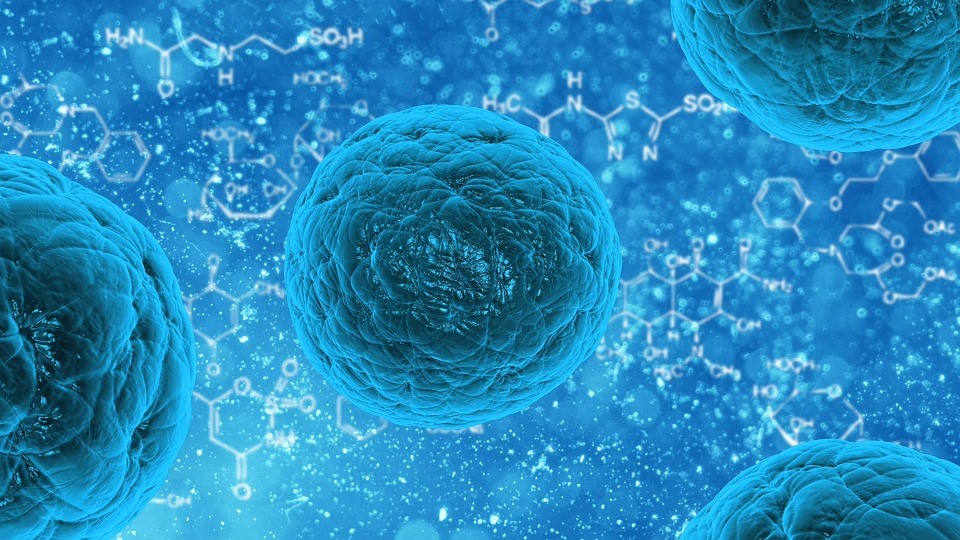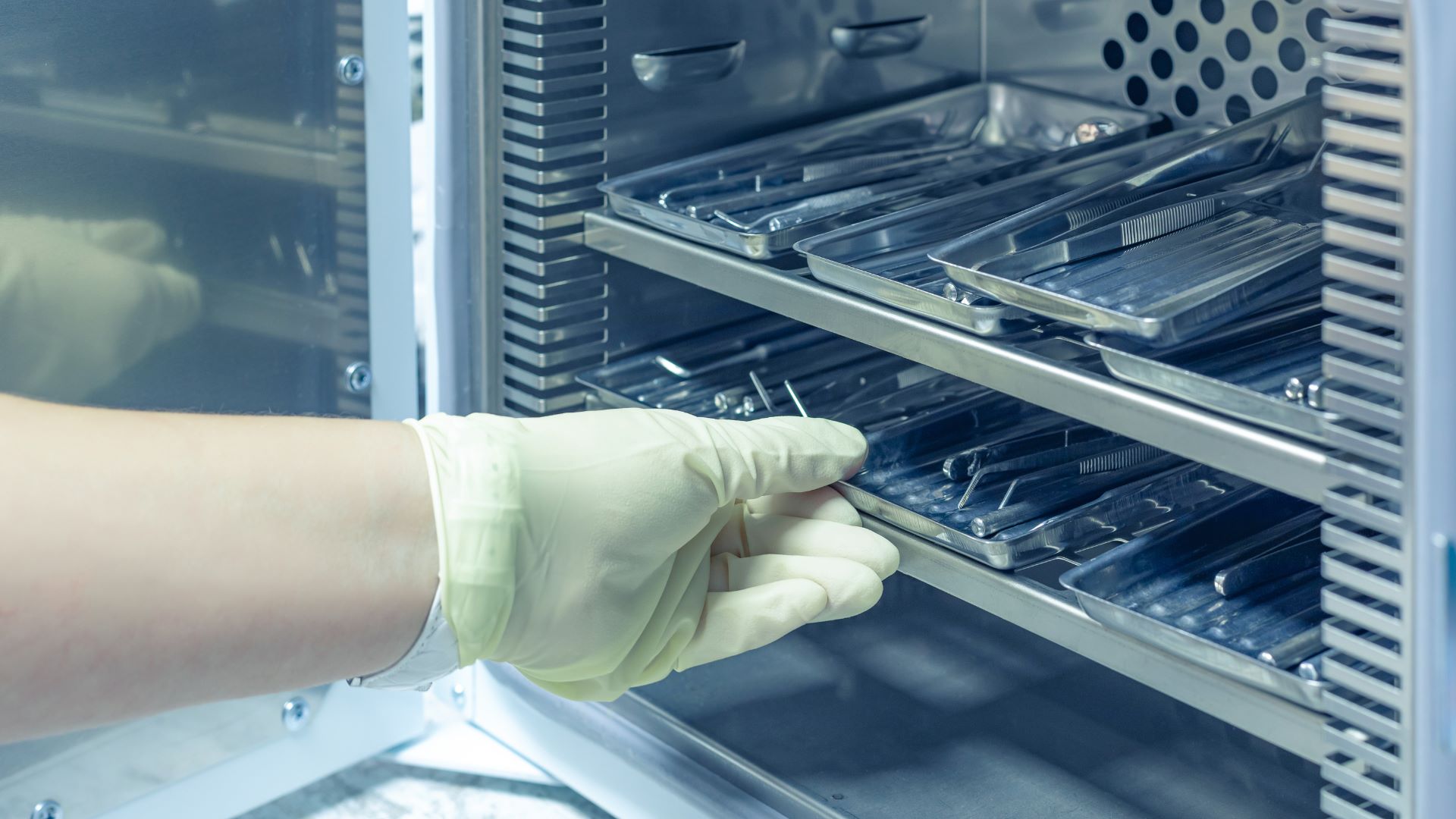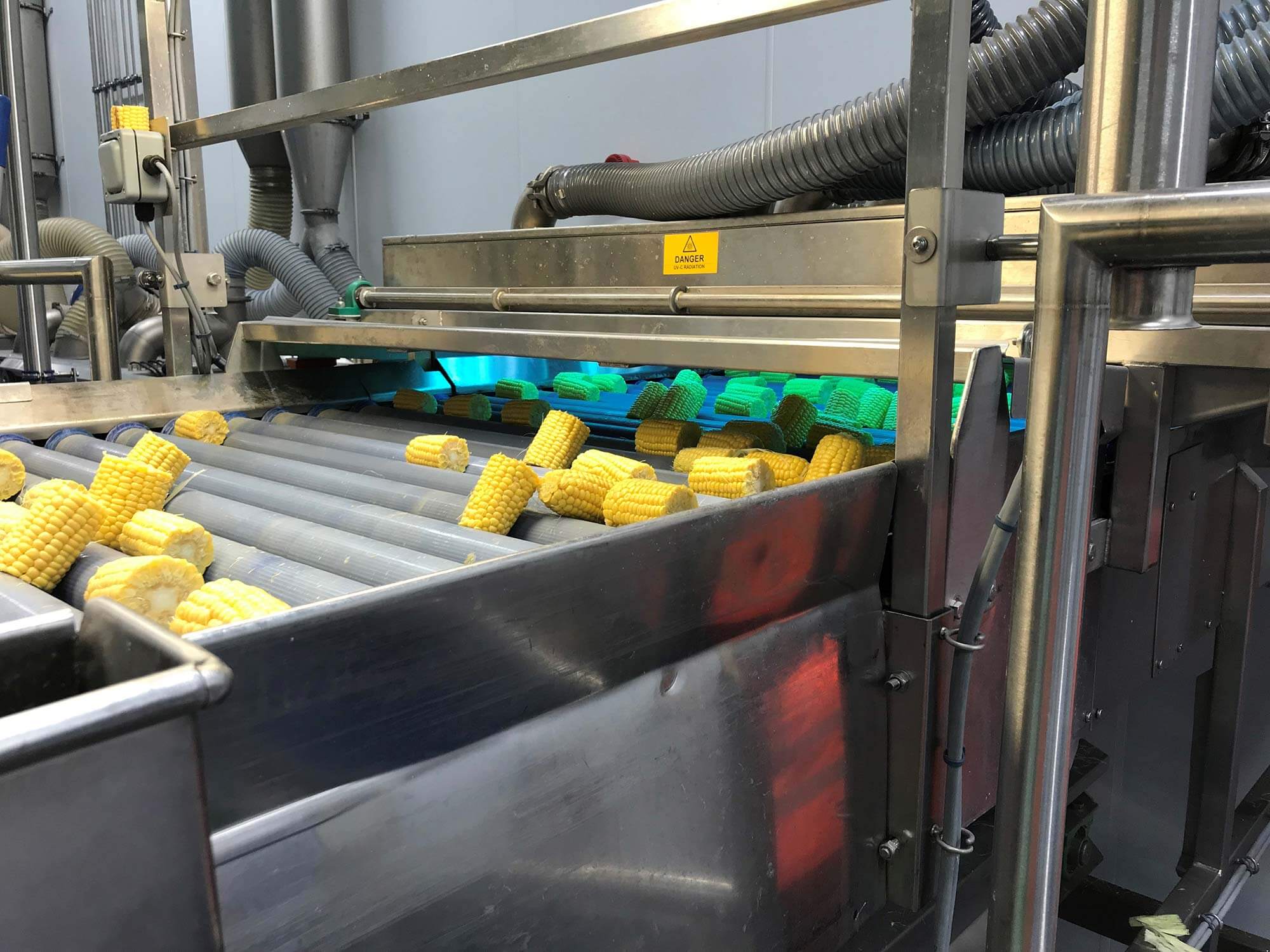How does UV disinfection work?
This will be a summary about how does UV disinfection work because this subject is massive. I will outline what UV does and doesn’t do and hopefully make it interesting. I know when I looked at Wikipedia when I was new to UV, the huge page I was confronted with was a little over my head. So I’ll attempt a ‘UV for dummies’ equivalent.
UV gets rid of germs and bacteria in the air, water, and on surfaces and makes it safe to breathe, drink, touch etc. This is the essence of what we do at UVO3.
Ultra Violet (or just simply UV) light works by inactivating the DNA of cellular organisms. In short, when UV light collides with the bacteria’s DNA it breaks down the helix that makes it. This means the bacteria can’t split in two, it ultimately can’t reproduce. Because the life of a single germ is usually measured in minutes or less and it usually relies on reproduction to sustain its numbers. UV light works really quickly to take effect and stop the bacteria from growing in numbers. Once the germ has passed through the UV unit and is dead, more bacteria can only be introduced if they come from other sources. This is why if we were sourcing a UV unit for a single tap, we would put the unit as close to the tap as possible.

UV light does not kill or sterilise bacteria, it only makes them unable to reproduce. It’s basically the same thing, however, what it means is that we can only say that UV light is up to 99.99% effective. It also doesn’t get rid of what’s left after the bacteria dies, it isn’t vaporised. In practice the bacteria is still present but it has been deactivated and can no longer reproduce, therefore it presence becomes harmless to humans.
UV does have this affect on all know bacteria and DNA, it’s just more effective on some against others. While some bacteria has built in defences against temperature and UV exposure, a prolonged exposure time to the UV light and filtration is how we deal with the more hardy ones. This is also why UV is harmful to humans, it does exactly the same thing to our DNA.

Ultraviolet or UV light has a wavelength of between 200 – 400 nanometers (nm) and is very adaptable. Using a wavelength of 254 nm, UVC radiation is used to penetrate the bacteria’s DNA and interrupts the reproduction of the cells so they can no longer have pathogenic capabilities.
The real benefit of using UV light to disinfect water is that it means you don’t need to add any harmful chemicals to your water supply. No need to handle potentially dangerous chemicals or worry about the environmental impact these can have.
To understand more about UV light and it’s disinfection capabilities then make sure you check out the rest of our blog articles and our FAQ section.
Feel free to contact us with any UV queries you may have or advice on UV solutions.





